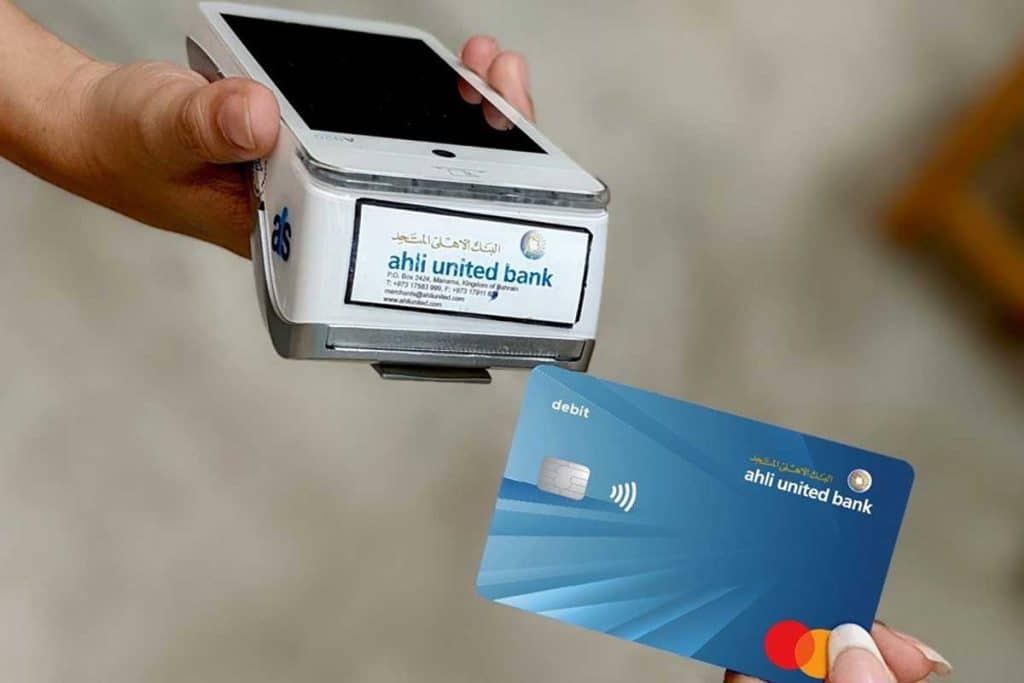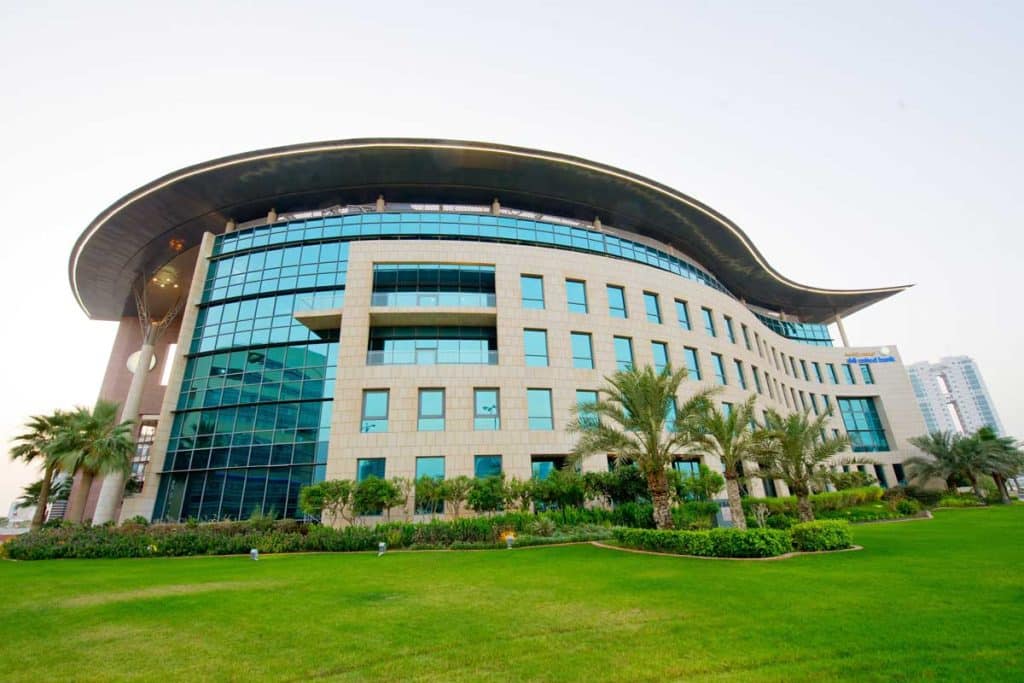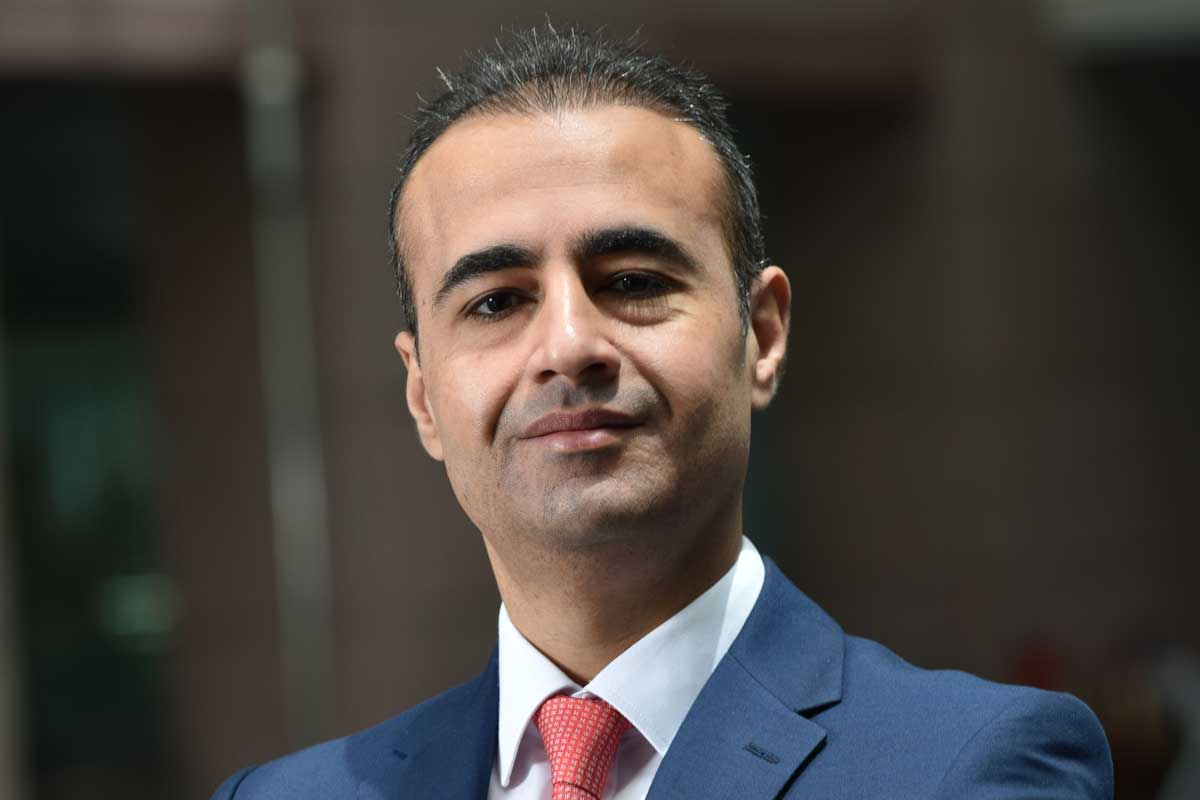With banking undergoing a massive transformation, what role will technology play?
I believe that technology will be at the centre of it all, and much of it will be demand based. We’ve witnessed customer behaviour shifting strongly towards the acceptance of digital channels and how they increasingly want to do everything via their mobile app or other online portals. In banking, we must ascertain how to make all current/future products and services available to customers on their mobile phones in the most user-friendly, practical, and secure manner.
How important is open finance in the future of banking across the region?
Open finance is rapidly gaining momentum in several European countries and the US, and I anticipate its widespread adoption and regulatory acceptance across the region as well. Singapore and Hong Kong initiated this movement four decades ago, but it has gained significant regulatory support in the past five years.

The Central Bank of Bahrain introduced regulatory frameworks for open finance nearly three years ago, and now we witness its growth driven by market demand. KSA and the UAE are also implementing open finance regulations. This trend of banks sharing data and collaborating with third parties will be a transformative force, fostering innovation and integration. Furthermore, open finance has the potential to unlock numerous blockchain use cases, and augment the ongoing discussions around Central Bank Digital Currency.
How does AUB stand out in this competitive market?
What separates us from the rest is our ‘digital banking factory’ in AUB, where we have a very simple and clear understanding of our banking applications in their entirety and how we can reengineer them to create an effective customer interaction. From the time that AUB was established in 2000, the bank has been a flagship of innovation in Bahrain and has been very successful in diffusing that innovation throughout the rest of our markets.
More recently, AUB has pursued aggressive investment in technology and digitisation like no other bank in the region, I think even in the world. This has been shaped by a deep study of customer needs and behaviour and reimagining how we must meet those financial needs primarily through digital experiences.
More recently, AUB has pursued aggressive investment in technology and digitisation like no other bank in the region, I think even in the world. This has been shaped by a deep study of customer needs and behaviour and reimagining how we must meet those financial needs primarily through digital experiences.
How has technology contributed to the differentiation within your roles of the IT and operations office?
I lead a dual role as both the Chief Information Officer and as the Chief Operating Officer which enables me to amalgamate newer emerging competencies including design thinking, process re-engineering and digitisation. By creating an operating model for an IT plus Operations organisation that is fully embedded with the business is the process of how we have undertaken our recent transformation forward over the last three years.
Today, there is almost an intuitive understanding across all levels at AUB, that the impact in business comes from the merging of business, digital and IT, and this achievement of my responsibility has reaped great satisfaction.

How did you and the management team successfully handle AUB’s extensive digital transformation program, amounting to one billion Dirhams (approximately $270 million)?
Following a comprehensive study presented to the board and executives in 2019-2020 which highlighted the proficiency and impact of technology skills and tools management on our business, our Group CEO acknowledged the significance of reshaping our technological capabilities, skill deployment, and expanding our reach. We undertook extensive upgrades to our IT infrastructure and completely reinvented our technology stack.
In addition to technology, what were the other aspects of AUB’s transformation?
We recruited new talent and reorganised existing talent from a large monolithic organisation into these far smaller, but very responsive and empowered squads which were aggregated into ‘tribes of garages’, with clear ownership of various digital products and channels.
This was a major change in our philosophy; to invest in ourselves and accept that we wouldn’t just rely on vendors for our technology know-how, but instead, we would champion technology, embed it inside ourselves and take a lead role in our relationships with our vendor and transform from vendor-client model into a partnership model with AUB taking the lead
How can an organisation take up a large transformation programme at scale and deliver it successfully?
I’m an avid marathon fan and a digital transformation programme is something similar where you must push your endurance to the limits and be highly organised. As part of such a transformation, a lot of variables are inter-dependent on one another. Executing this transformation requires careful planning and a significant time investment, typically spanning three to four years.
Rushing the process risks compromising the desired outcomes, while a longer timeframe may result in a loss of momentum. Thankfully, I have received invaluable support from the Group CEO, who helped us steer this transformation agenda. And as generative AI is becoming increasingly common, we need to figure out where we can use it in banking.
I believe there will be numerous applications, but I think we have yet to arrive at a killer application. Despite the usage for chat bots or for legal review of documents, I believe that we are barely scratching the surface. The opportunities borne from generative AI will be huge.

How do you ensure that AUB is future ready?
Digital in AUB is not just within Retail or Business Banking and Corporate Banking; rather it is completely embedded across the organisation and that is how innovation is born. Also very importantly, our CEO continuously emphasises that we must be very good at technology and one of the key competencies in this area is data and advanced analytics.
To provide a fantastic user experience to customers on your app, you need to ensure the numerous journeys for payments, transfers, issuance of say a credit card, onboarding; should be completely seamless and transparent.
For this to happen the huge blocker is decision making that happens on the backend in traditional approaches. AI and machine learning, which is something that we have been developing our competencies on for the past three to four years now, can potentially solve such issues.
Which new competencies help transform the customer’s experience?
A part of such decision-making usually involves establishing credible identity. We found an Indian AI fintech that with just one email can establish the veracity of the email, the provided phone number, and the city where you live. The output we get is a confidence rating on whether you are a fraud and have just created these accounts or if you are a genuine customer, who has lived, for example, in Bahrain for the last three years.
Therefore, with AI and fintech collaboration, we can now access a model where it scans data that is available on the internet, ascertain if your email was legitimately created and even ingest basic metrics from a profile on Facebook or Instagram. There are huge applications in fraud analytics, and I believe the implementation of such use cases is now having quite an impact on what we are offering.
Brand View allows our business partners to share content with Arabian Business readers.
The content is supplied by Arabian Business Brand View Partners.









